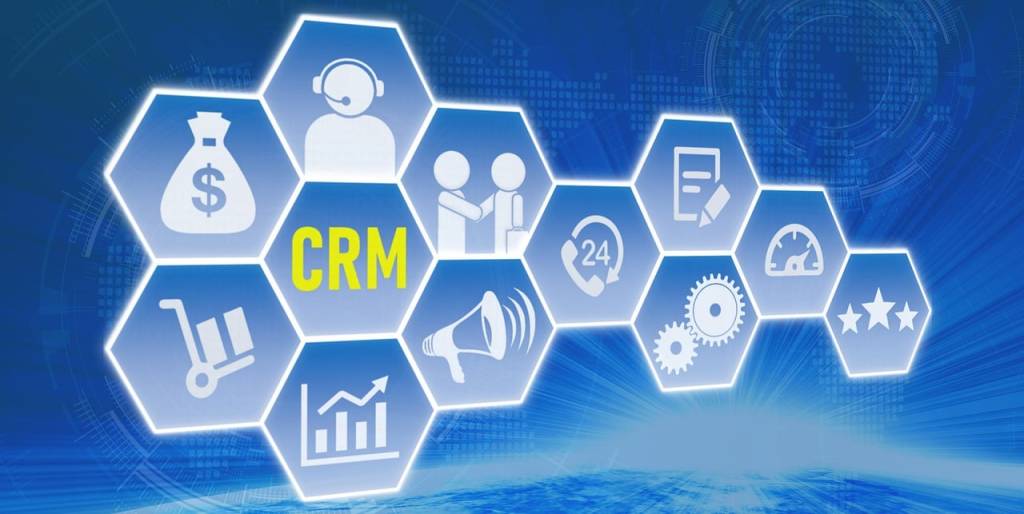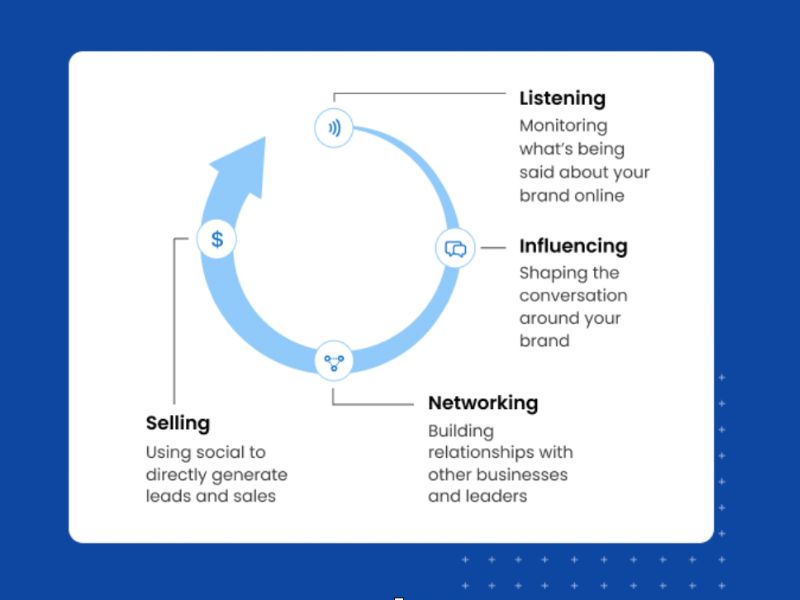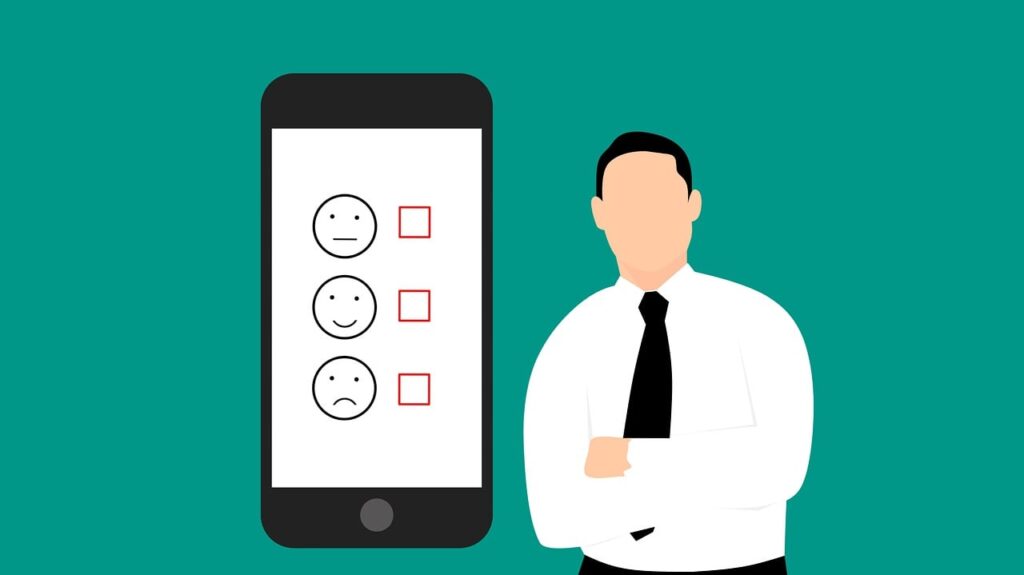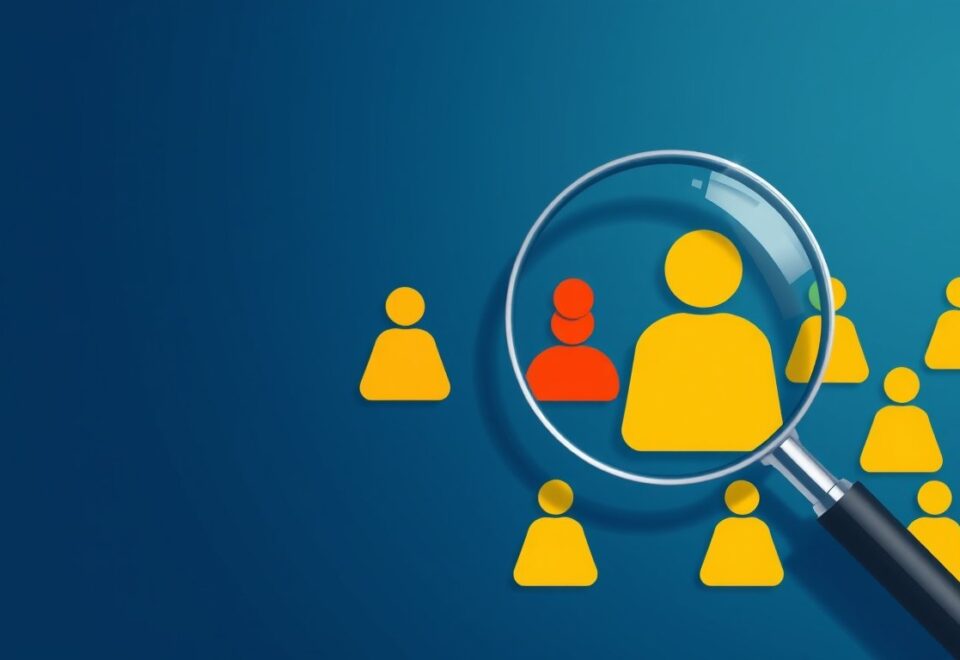Understanding customers is the first step in running a successful business. All business operations from product development to marketing and customer retention could one way or another be informed by your knowledge about your customers.
Customer intelligence is a process that makes it possible for you to gather insights about your customers and use them to make more informed business decisions.
In this guide we’ll find out what customer intelligence is and how you can implement it to gather insights the right way from your customers.
What is Customer Intelligence?
Customer intelligence (CI) is the process of gathering and using customer data to offer tailored experiences. CI is the single most powerful tool for businesses to understand and serve customer expectations. It involves an in-depth analysis of data coming from various customer touch points.
When done right, CI offers the most thorough look at customer relationships. It helps you answer important questions, including:
- How aware you are of customers’ feelings, preferences, interests, needs, and pain points
- Whether your marketing and sales strategies—and campaigns—align with your audience’s values
- How well your analytics and targeting capabilities help you understand and influence customer behavior
And of course, CI guides you through improving customer experience across all customer touchpoints. Overall, it’s the most convenient tool for driving engagement, loyalty, and revenue.
How to Gather Customer Intelligence?
When you gather any kind of customer data, it belongs to one of these customer intelligence types:
- Demographic data: Information about: your customers’ age, location, family status, estimates about: professions, income levels, willingness to pay, etc.
- Behavioral data: Insights you derive from tracing customer touchpoints across channels—Behavioral patterns they follow while spending time on your website (e.g. using heat maps or website data analytics tools), interactions with social media, email, discount campaigns, etc.
- Transactional data: Customers’ purchase history data including average basket size, buying frequency, preferred payment methods, types of discounts previously used, and so on.
- Psychographic data: Your customers’ personality traits and how they relate to their consumption behavior—Lifestyles, socio-economic backgrounds, areas of interest, sources of influence, and many other psychological factors.
All types of customer data are valuable in their own way. With the help of marketing and business intelligence technologies, you can gather data from a variety of internal and external sources. Let’s learn how.
Step 1: Using your CRM for a 360-degree view of customers
Customer Relationship Management (CRM) platforms are designed to pull together all of the essential customer data in a single, simple-to-use dashboard. They combine all types of CI from various data sources, including:
- Sales and marketing platforms
- All types of automation tools
- Customer service platforms
- Email marketing software
- Project management software
- Social media platforms
- Conversational marketing tools
Top-rated CRM platforms also come with exceptionally intuitive data visualization and reporting features. These platforms are for everyone. You don’t have to become a data scientist to gain information about your customers.
Connect your CRM with all the tools and systems in use to have a 360-degree view of customer profiles.
Step 2: Behavioral tracking
Behavioral tracking is the process of monitoring your customers’ and prospects’ interactions with your brand. It’s the best way of identifying and resolving problems in your customer journey.
If your website is too slow, for instance, you can easily identify this via behavioral tracking. Tools like Google Search Console, a heat map, or an SEO tool would alert you about your website’s low performance and how it affects visitor experience and behavior.
The popular beauty brand Neutrogena used behavioral tracking to increase its sales. The company analyzed customers’ past shopping cart and browsing behavior, and came to find that 3 ⁄ 4 of its customers were only purchasing products from one segment. Naturally, they took measures to change that.
Neutrogena used shopping cart data to find out which product pairings worked well for their existing customers in the past. They used the data to come up with well-targeted banner ads and discount campaigns that delivered a £5.84 return on advertising spend.
More advanced tracking methods like conversion tracking, real-time activity tracking, and dynamic content helps businesses identify and expand on the points that appeal to their audience. These technologies deliver great ROI, and they’re very effective in measuring the success of your marketing efforts.
Invest in tools and strategies that will help you better understand and serve your customer expectations. An additional tool that stands out is the decision tree, which can help you to understand your customer’s journey and make decisions based on their needs.
Want to delight your clients and fuel success by implementing customer intelligence?
Contact Growth Hackers
Step 3: Social listening
Social listening is a strategy where businesses keep an eye on brand and industry-related discussions and interactions on social platforms. It’s an essential element of CI, since consumers are increasingly reliant on social media for decision-making processes.
First off, consumers want to be able to have conversations with brands on social media. And they want quick responses. But more importantly, 71% of consumers say that it’s important for brands to be involved in social issues and discussions, and raise awareness around them.
If you want to know about the hot topics in your niche, social listening tools can be of great help. These tools listen to people’s social interactions related to your niche, and report it to you. This way, you can focus on issues that truly resonate with your audience.
You can also use social listening to get a good sense of how customers perceive your brand. 32% of consumers use social media to leave reviews, 23% for sharing brand-related content, and 21% to report issues with products and services. Social listening is best used through the social media cycle: 1-social listening 2-influencing or engaging your audience 3-networking with other businesses 4-Selling.
Step 4: Conversational intelligence
Conversations you have with customers provide invaluable insights you can’t find elsewhere. And conversational intelligence is a technology that combines AI and ML to reveal useful information from customer conversations.
Conversational intelligence tools can process and analyze thousands of conversations to reveal customers’ intentions and sentiment toward your brand. So instead of standardized chat flows, these tools learn how to make the most out of conversations.
Unlike yesterday’s chatbots, AI-based conversational marketing can adapt conversations on the go. They offer personalized experiences by adjusting workflows, using dynamic content, and fine-tuning the tone of voice.
And this technology is even more beneficial in the long run. Statista found that 65% of US consumers are willing to share their interests with brands for personalized experiences. 58% agree to share their communication preferences, and over half agree to share browsing history.
These numbers tell us that if you use customer information for their own benefit, customers will be willing to share more data with you in the future. Make use of conversational intelligence to improve the way you communicate with customers.
Transform data into action – implement customer intelligence now for business excellence!
Step 5: Gamified quizzes, polls, or other interactive experiences
Interactive interfaces and experiences usually create an atmosphere where information sharing becomes fun. Marketers use tools like spin-the-wheel contests, quizzes that give personalized recommendations, DIY contests, and various other gamified experiences to bring that spirit to life. Incorporating customer loyalty software into these experiences can enhance engagement and strengthen the relationship with loyal customers.
Sephora borrowed Tinder’s popular interface in its Swipe It. Shop It. campaign in 2016. The beauty giant created a platform where customers swiped looks right and left, giving Sephora a great view of the customers’ lifestyles and personal tastes.
Nike Apps helped the brand build a community of +300 million runners, trainers, athletes, and loyal customers. Community members post their times, challenge each other, and track their progress across the Nike App and the sister apps. In return, Nike offers loyal users perks like free shipping, personalized workout plans, early access to products and events.
Use gamification to offer captivating experiences that’ll encourage customers to share more information with you.
Step 6: Measuring your customers’ willingness to pay
A customer’s willingness to pay is simply the maximum amount of money they’re ready to pay for your products or services. Measuring each and every customer’s willingness to pay is neither logical nor possible. But making a well-informed estimate can be highly beneficial.
Today’s customers are price-savvy, in part because they have access to free price comparison websites like kakaku.com in Japan, or Idealo in Germany. And lots of cash-back apps and price drop alert extensions like the Honey App.
That’s why you want to offer competitive pricing that’s not too expensive for your target audience. When you have a good idea of your customers’ WTP, you can have greater control over price positioning and revenue.
WTP data also comes very handy when you’re launching a new product/feature, adding a new line to your assortment, or planning a price change. It can optimize processes and minimize their risks.
You can send surveys to a randomly selected customer focus group to reveal important information:
- What is the maximum amount they are willing to pay for your products/services/features
- What they think is a fair price for your products/services/features
- Which product and service qualities/features they see the most value in
- What kind of improvements in sales/marketing/product/customer service experiences are likely to increase their willingness to pay
- Which products/services they can’t reach due to the higher prices
Surveying customers won’t hurt your budget, considering you also have free options like Google Forms. You can also work with market research companies to have in-depth and statistically valid survey results.
Capturing Customer Intelligence: Your Secret Sauce to Success
Whether you’re trying to set things right after a disaster, or you’re simply trying to get to know your audience better and continually improve customer experience, customer intelligence is your go-to strategy.
You need to keep in mind that what you do with the CI insights is the key to the success of your CI strategy. Identify the areas that you want to see improvements in, then using the steps explained above, design a strategy to gather data from various data points. You then need to analyze the data and derive insights from them, and finally brainstorm informed ideas to achieve the desired results.
Growth Hackers is one of the top customer acquisition companies helping businesses from all over the world grow. There is no fluff with Growth Hackers. We help entrepreneurs and business owners implement customer intelligence, increase their productivity, generate qualified leads, optimize their conversion rate, gather and analyze data analytics, acquire and retain users and increase sales. We go further than brand awareness and exposure. We make sure that the strategies we implement move the needle so your business grow, strive and succeed. If you too want your business to reach new heights, contact Growth Hackers today so we can discuss about your brand and create a custom growth plan for you. You’re just one click away to skyrocket your business.








